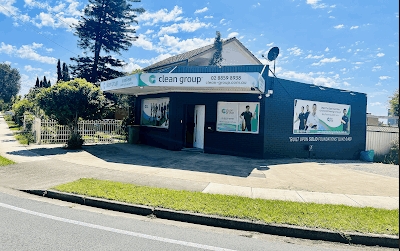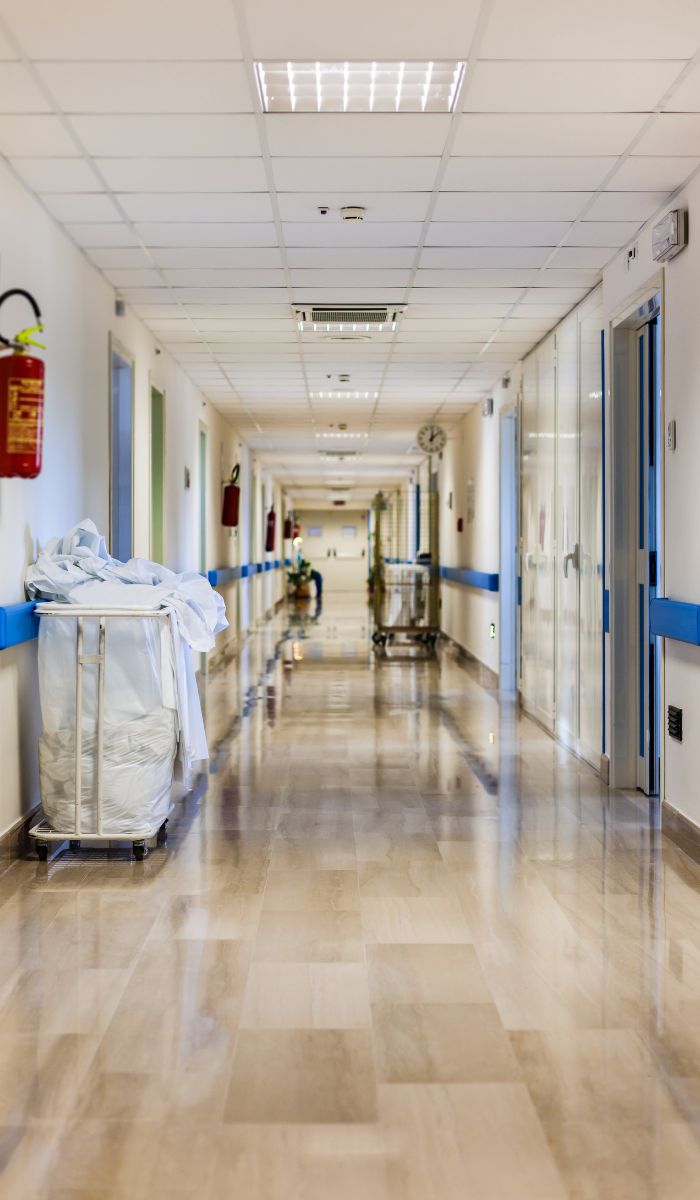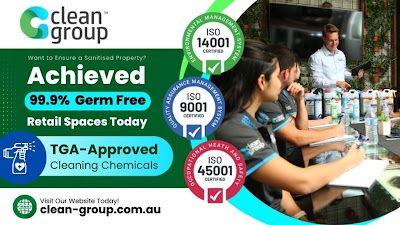Commercial cleaning services often extend beyond routine tasks to include periodic deep cleaning, such as carpet cleaning, which typically involves hot water extraction every 18 to 24 months.
Many contracts also cover external maintenance services like litter collection and graffiti removal.
Professional standards for the industry are established by organizations such as the British Institute of Cleaning Science (BICSc) and the International Sanitary Supply Association (ISSA), ensuring consistency and quality across services.
Cleaning agreements frequently require providers to supply essential consumables, including toilet paper, hand soap, paper towels, and bin liners.
The commercial cleaning sector is highly competitive, with wages typically ranging from $31,000 to $48,000 per year, depending on job responsibilities and geographic location.



